Cats are masters of subtlety, often conveying their feelings and needs without uttering a single meow. While their vocalizations are well-known, much of their communication happens through body language and behavior. By tuning into these silent signals, you can better understand your feline friend’s desires and emotions. This deeper insight can enhance the bond you share and create a more harmonious living environment for both of you.
Tail Movements
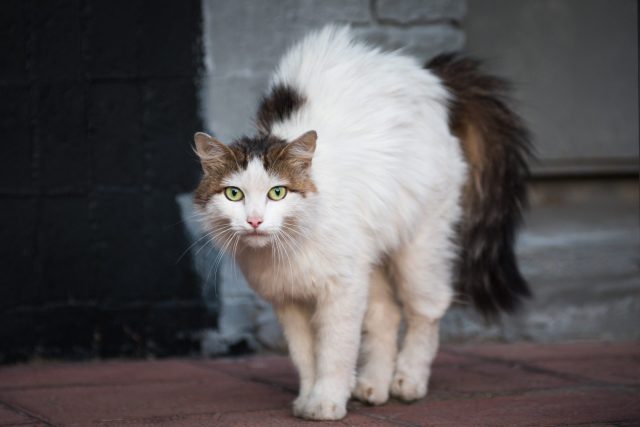
A cat’s tail is a powerful communicator. An upright tail typically signifies happiness and confidence, while a puffed-up tail indicates fear or agitation. Rapid swishing may show irritation, and a gently waving tail can mean your cat is curious or playful. Observing these movements helps you interpret your cat’s current mood.
Body Posture
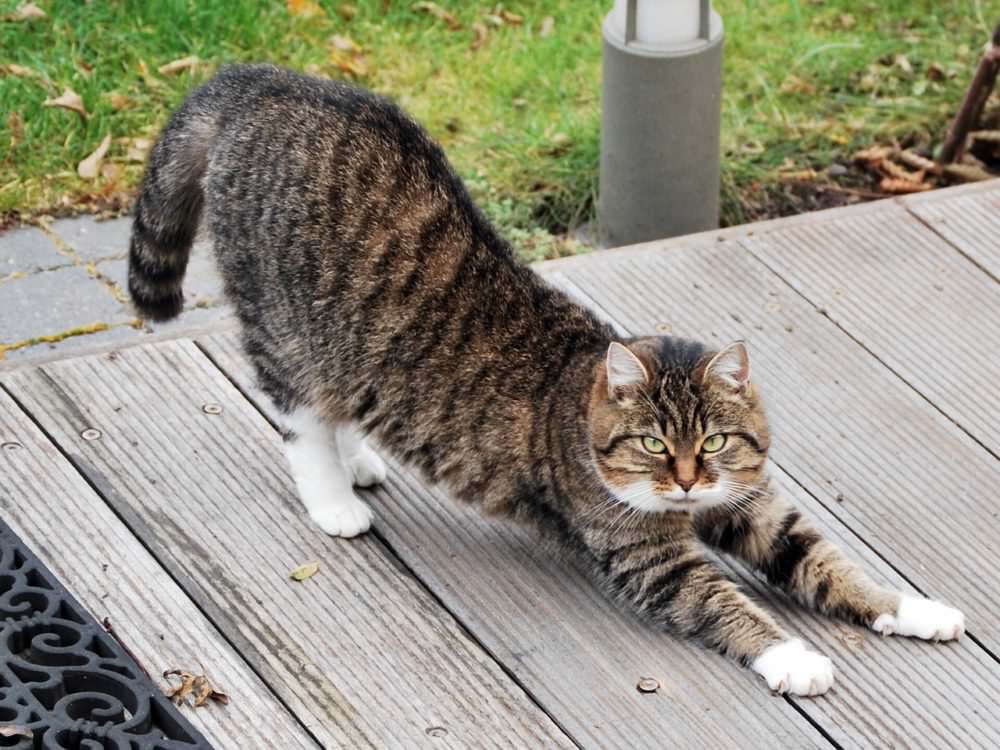
The way your cat holds their body speaks volumes. A relaxed, stretched-out posture suggests comfort and trust, whereas a crouched stance with tucked paws can indicate anxiety or readiness to flee. Arched backs and raised fur are clear signs of defensiveness or fear. Recognizing these postures allows you to respond appropriately to your cat’s needs.
Eye Expressions and Blinking
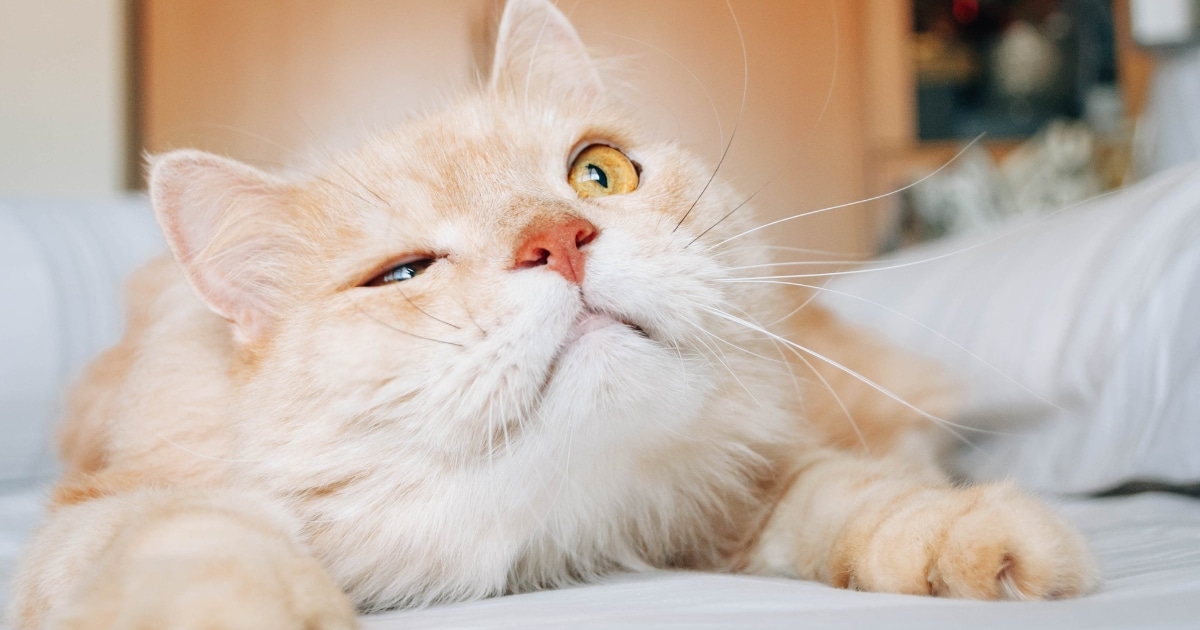
Cats use their eyes to express a range of emotions. Slow blinking is often a sign of trust and affection, akin to a “cat kiss.” Wide, dilated pupils might indicate surprise or fear, while narrowed eyes can show irritation or focus. Engaging in slow blinking with your cat can strengthen your bond and communicate your own affection.
Kneading
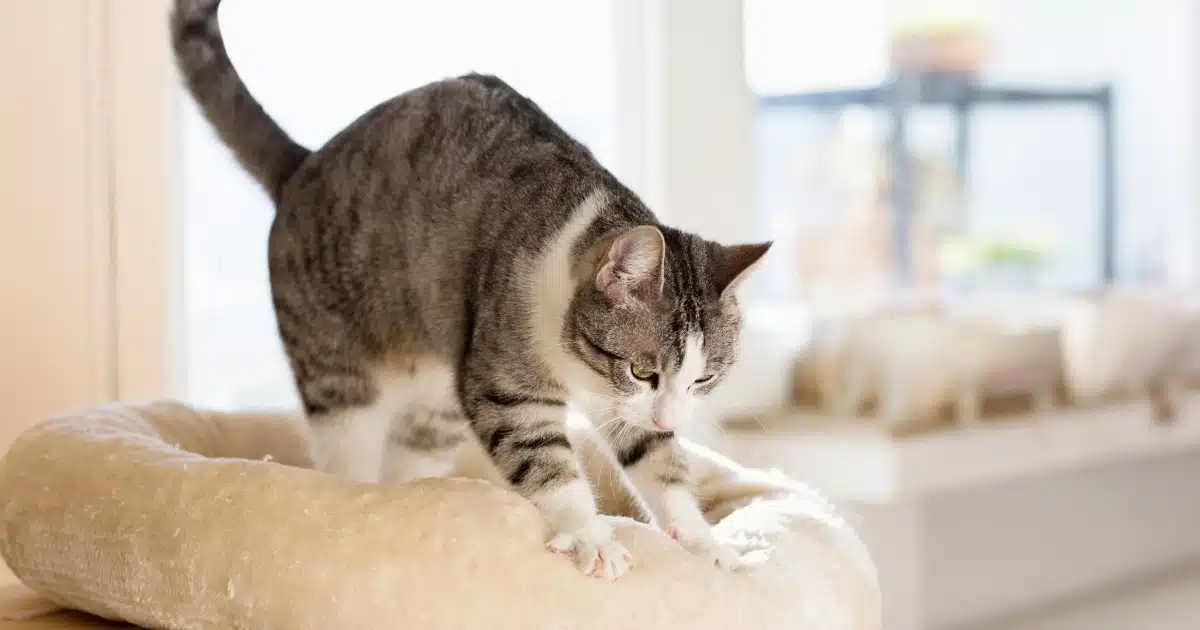
When cats press their paws into a soft surface, it’s a comforting behavior rooted in kittenhood. Kneading signifies contentment and security, showing that your cat feels safe in their environment. This rhythmic motion is a way for cats to mark their territory and express happiness without making a sound.
Scent Marking
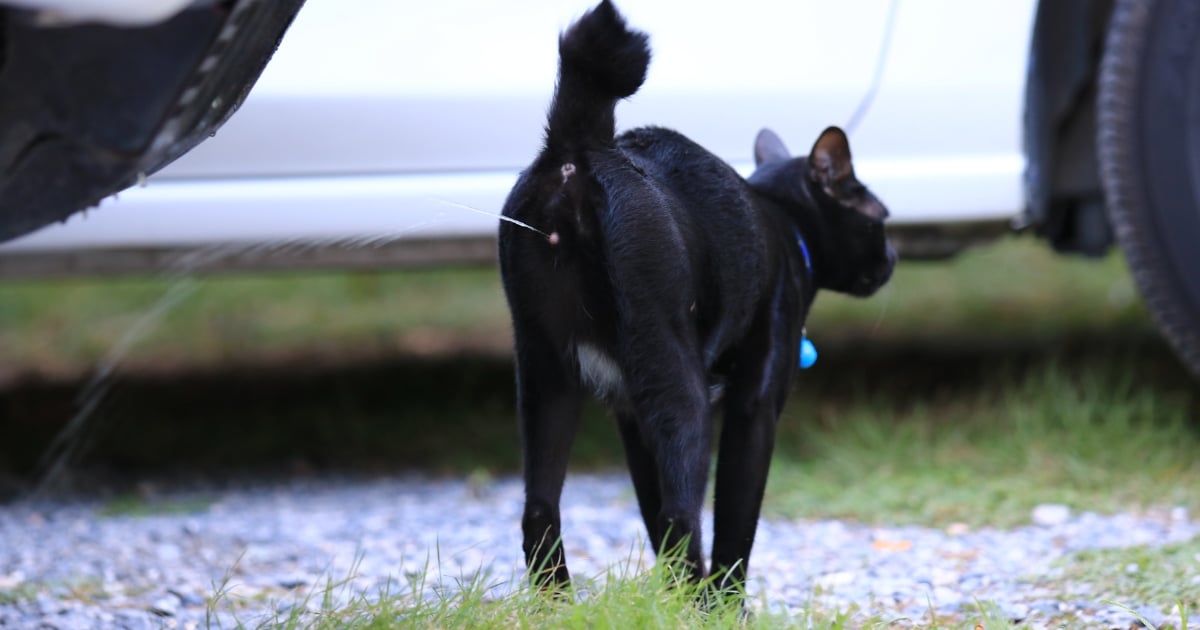
Cats have scent glands located on their cheeks, paws, and tails. By rubbing against furniture, people, or other animals, they deposit their scent, marking their territory and signaling familiarity. This behavior not only establishes ownership but also helps cats feel secure in their surroundings.
Grooming
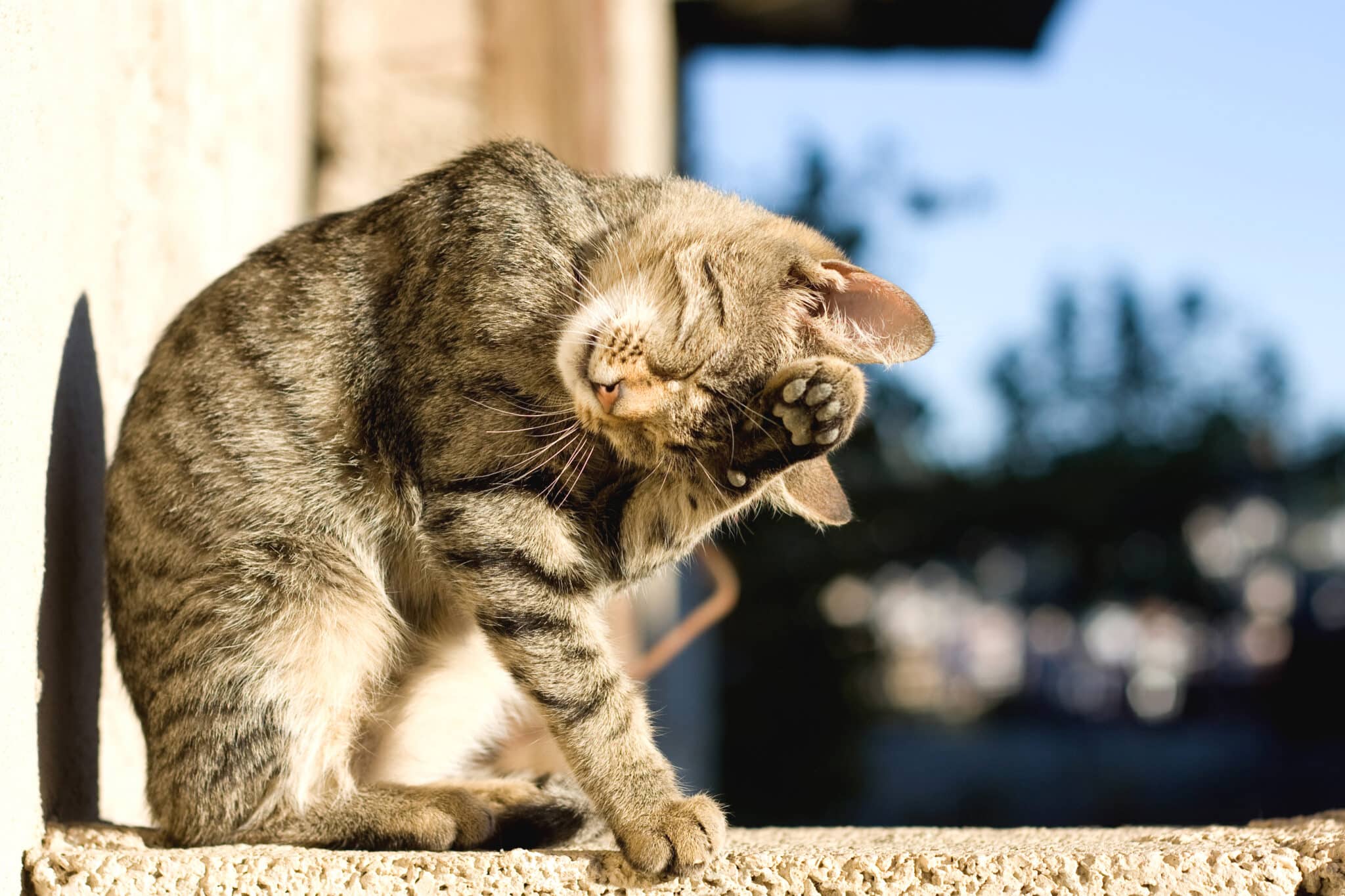
Grooming is a key social behavior among cats. When your cat grooms themselves or you, it’s a sign of trust and affection. Mutual grooming reinforces social bonds and indicates a comfortable relationship. Conversely, excessive grooming can be a sign of stress or health issues, so it’s important to monitor any changes in grooming habits.
Listening and Head Positioning
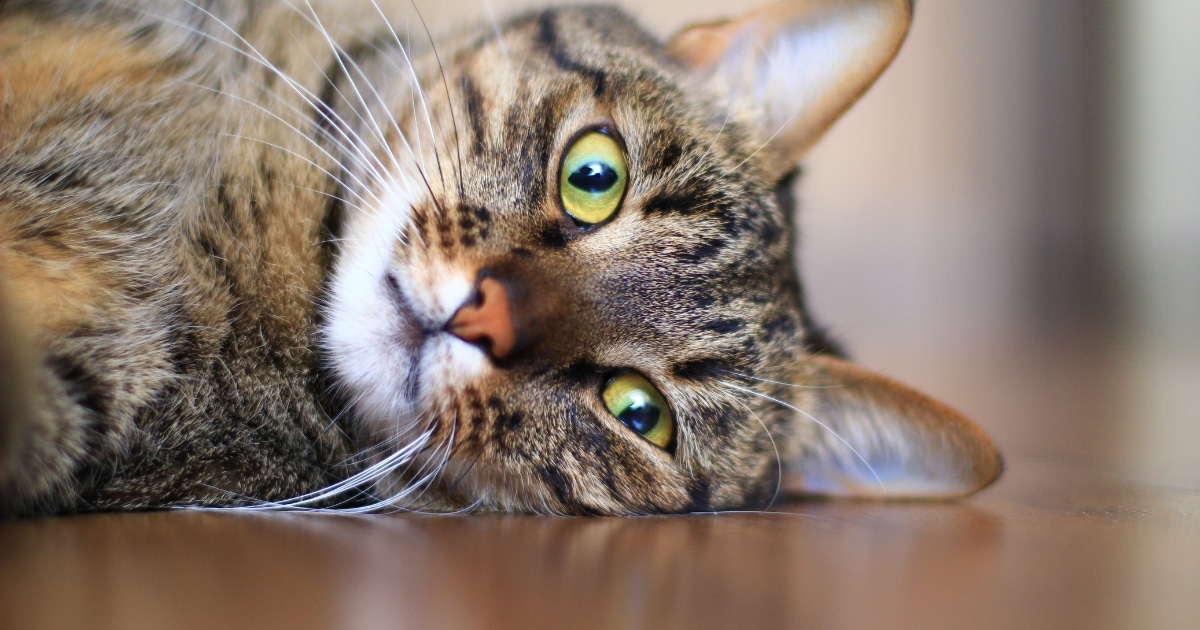
Cats are highly attuned to their environment and often use head positioning to communicate. Tilting the head can indicate curiosity or attentiveness, while keeping the head still might show relaxation or disinterest. Listening to the sounds your cat pays attention to can also give clues about what they are focused on or concerned about.
Your Cat’s Silent Communication

Understanding these subtle forms of communication can transform how you interact with your cat, fostering a deeper and more meaningful relationship. By paying close attention to your cat’s body language, movements, and behaviors, you can better anticipate their needs and respond with empathy. Remember, each cat is unique, and getting to know their specific ways of communicating will enhance the special bond you share. So next time your cat isn’t meowing, take a closer look—they’re likely telling you something important in their own quiet way.

